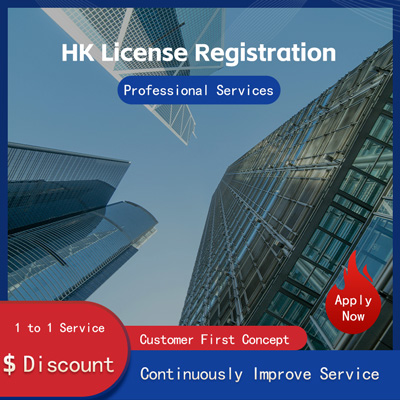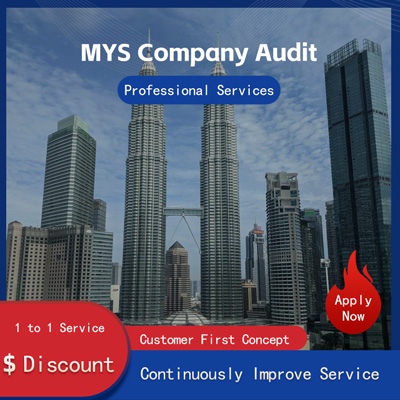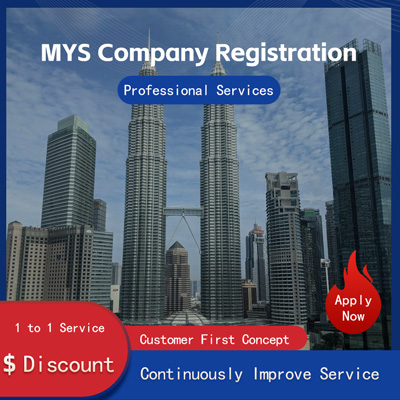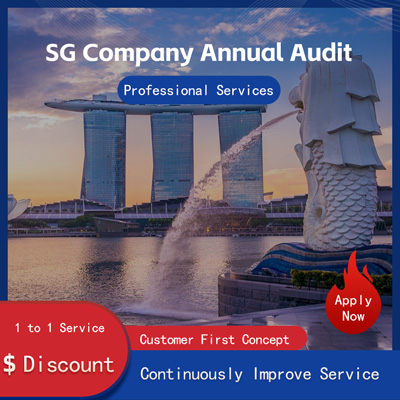
Direct and Transshipment International Maritime Routes Trade-Off Analysis Between Transport Time and Cargo Security
International Direct Ocean Freight vs. Transshipment Routes A Balancing Act Between Transport Time and Cargo Security
As global trade continues to flourish, ocean freight has become an increasingly significant mode of transportation. However, the two main methods-direct routes and transshipment routes-differ significantly in terms of transport time and cargo security, making the balance between these factors a key concern for the industry.

To begin with, let’s explore direct international ocean freight. A direct route refers to a ship traveling directly from the origin port to the destination port. This method avoids the numerous steps involved in transshipment, such as transferring cargo and changing vessels, theoretically reducing transport time. Nevertheless, because it connects the origin and destination ports directly, unforeseen events like port congestion or adverse weather conditions can disrupt the entire route, causing delays in delivery.
In contrast, transshipment routes involve stopping at intermediate ports to load and unload goods. Although this approach increases transport time, it often provides better resilience against unexpected incidents, ensuring timely delivery. Transshipment routes also help reduce costs, as facilities and personnel at intermediate ports are usually more specialized, offering more efficient services.
Recent news stories have highlighted the pros and cons of these two modes of transportation. For instance, one company successfully delivered a shipment on time using a transshipment route, avoiding delays caused by unforeseen circumstances. In another case, a company opted for a direct route despite the shorter distance between the origin and destination ports but experienced delays of several days due to port congestion and other issues.
In summary, both direct ocean freight and transshipment routes have their advantages and disadvantages. Direct routes can reduce transport time but carry higher risks of disruption from unforeseen events; transshipment routes, while adding to transport time, offer greater flexibility to handle emergencies and ensure secure and timely deliveries. When choosing a mode of transport, we must consider factors such as the nature of the goods, the distance, time requirements, and the risk of emergencies.
For goods that require high transport speed but have lower security demands, such as fresh fruits and flowers, direct routes may be a suitable option. On the other hand, for goods with moderate transport time requirements or higher security demands, such as electronics and precision instruments, transshipment routes might be preferable.
Of course, for most goods, the choice between direct and transshipment routes is not black-and-white. We need to weigh and analyze specific situations based on factors such as the nature of the goods, distance, legal regulations in the destination country, and the risk of emergencies. Additionally, we should pay attention to the reputation and service quality of shipping companies to ensure the safety and punctuality of the cargo during transport.
Looking ahead, as global trade continues to expand, competition between direct ocean freight and transshipment routes will intensify. Shipping companies must innovate and improve their services to meet diverse customer needs. We look forward to seeing more technological innovations and policy support that drive the sustainable development of the shipping industry and contribute further to the prosperity of global trade.
Helpful (0)
No help (0)
Still have questions after reading? More than 98,000 users have contacted us. Please fill in the following information to obtain business information.

Service Scope
MoreRecommended for You
- SF Express International Business Overview
- Common Additional Fees for International Air Express Explained
- In-depth Analysis of Canada Ocean Freight Logistics Pricing Structure and Shipping Cost Calculation Method
- China-UK Rail Freight's New Momentum Reshaping Cross-border Logistics Dynamics in China-Europe Trade
- Air Freight FBA vs. Sea Freight In-Depth Analysis of Logistics Mode Selection Decision Models
- FBA First Leg Air Freight Logistics Transit Time Billing Methods Explained
- Counterfeit Goods in Cross-Border Logistics How Customs Identifies Fakes and the Challenges Involved
- Analysis of Matson Express Vessel's Charging Standards and Operational Process
- Must-See for Cross-Border Sellers! Guide to Avoiding Common Air Freight FBA First-Mile Logistics Traps, Saving You Time and Money
- FBA First Mile Logistics Pricing Quick Direct FBA First Mile Service Price List
- What is US FBA Sea Freight? - A Comparison with Traditional Ocean Shipping
- U.S. FBA Transport Breakthrough In-Depth Analysis and Tactical Guide on Air Freight Mode
- How to Choose Between Matson Express and Standard Ocean Freight for Cross-Border E-Commerce Sellers?
- U.S. FBA Air Freight Process and Customs Clearance Requirements Analysis
- High US FBA First-Mile Logistics Costs? These Tips Can Help Reduce Expenses!
- Key Considerations and Advantages of International Sea Freight Logistics
- U.S. Sea Freight Logistics Explained
- Air Freight FBA First Leg Cargo Detained Solutions for Customs Clearance Issues Prevention Strategies
- How to Avoid Customs Seizures in Cross-Border E-Commerce Logistics A Strategic Analysis
- FBA First-Mile Logistics Unlocking the Key to Efficient Cross-Border E-Commerce Operations


 ONE
ONE








Customer Reviews
Small *** Table
December 12, 2024The experience was very good. I was still struggling to compare it with other companies. I went to the site a few days ago and wanted to implement it as soon as possible. I didn't expect that everything exceeded my expectations. The company is very large, with several hundred square meters. The employees are also dedicated and responsible. There is also a wall of certificates. I placed an order on the spot. It turned out that I did not make a wrong choice. The company's service attitude is very good and professional. The person who contacted me explained various things in detail in advance. After placing the order, the follow-up was also very timely, and they took the initiative to report the progress to me. In short, I am very satisfied and recommend this company!
Lin *** e
December 18, 2024When I first consulted customer service, they recommended an agent to me. They were very professional and patient and provided excellent service. They answered my questions as they came in. This 2-to-1 service model is very thoughtful. I had a lot of questions that I didn’t understand, and it’s not easy to register a company in Hong Kong. Fortunately, I have you.
t *** 7
December 19, 2024I originally thought that they only did mainland business, but I didn’t expect that they had been doing Hong Kong business and were doing very well. After the on-site interview, I decided to ask them to arrange the registration of my Hong Kong company. They helped me complete it very quickly and provided all the necessary information. The efficiency was awesome. It turns out that professional things should be done by professionals.👍
b *** 5
December 16, 2024In order to register a company in Hong Kong, I compared many platforms and stores and finally chose this store. The merchant said that they have been operating offline for more than 10 years and are indeed an old team of corporate services. The efficiency is first-class, and the customer service is also very professional.